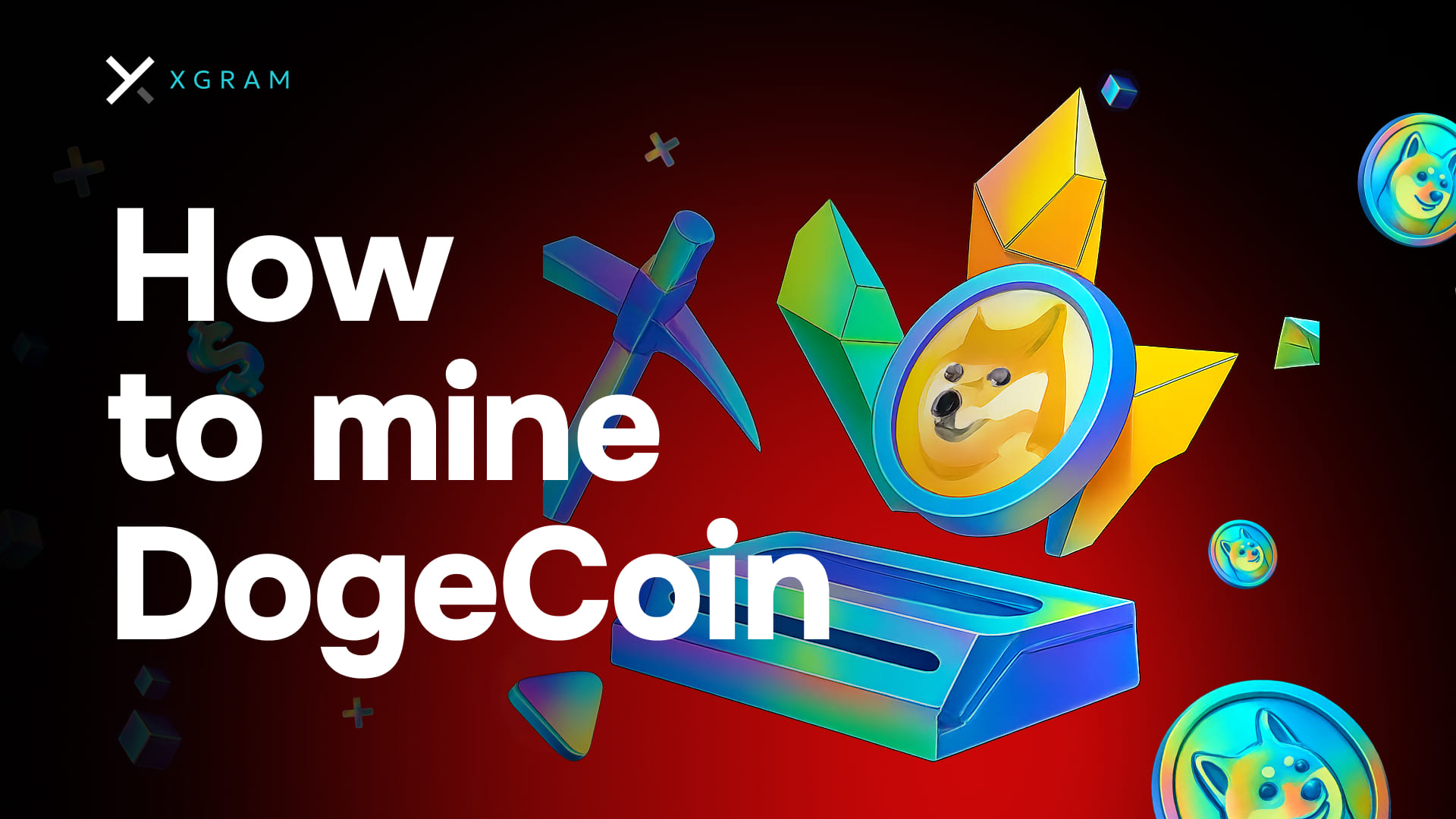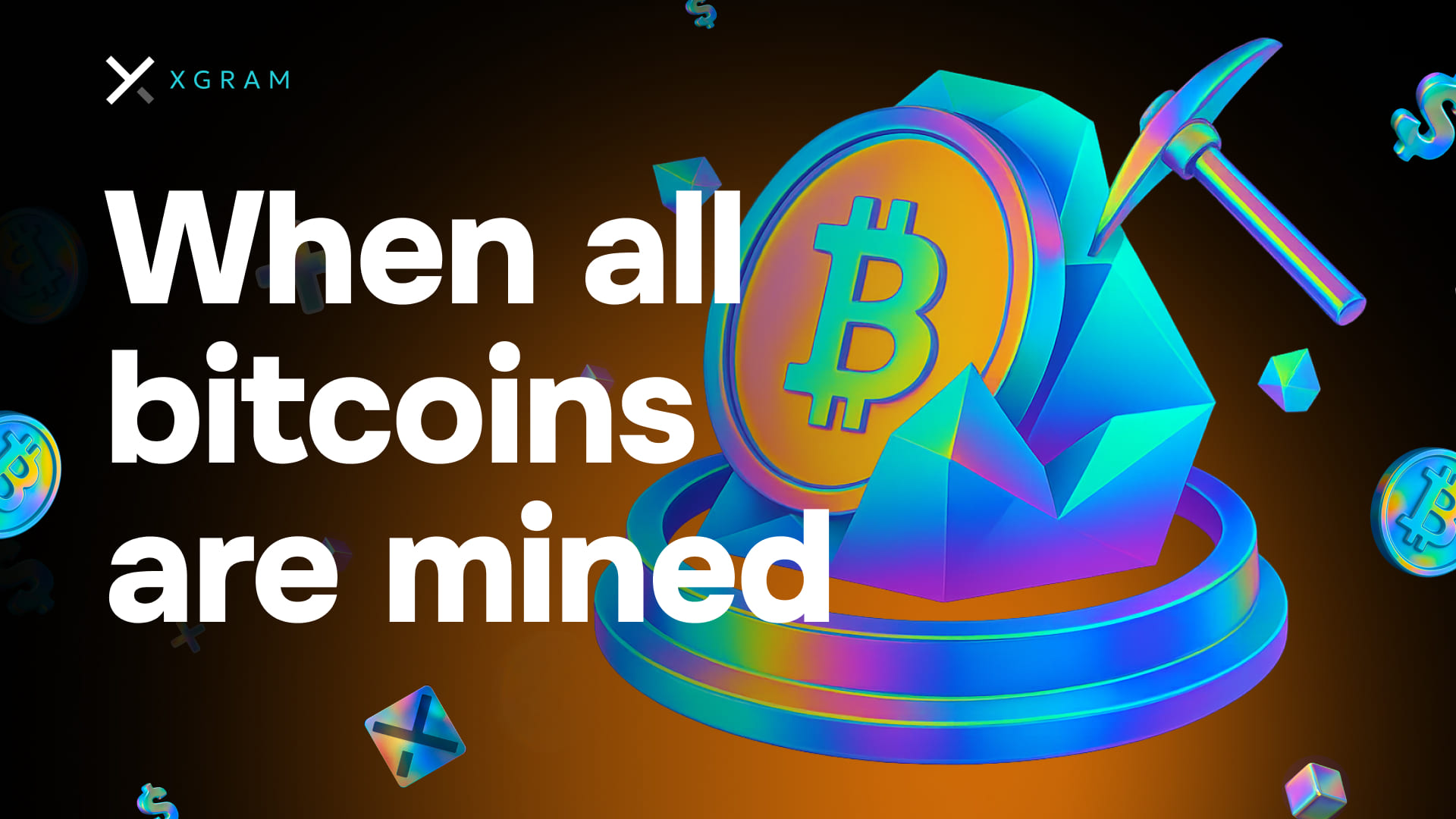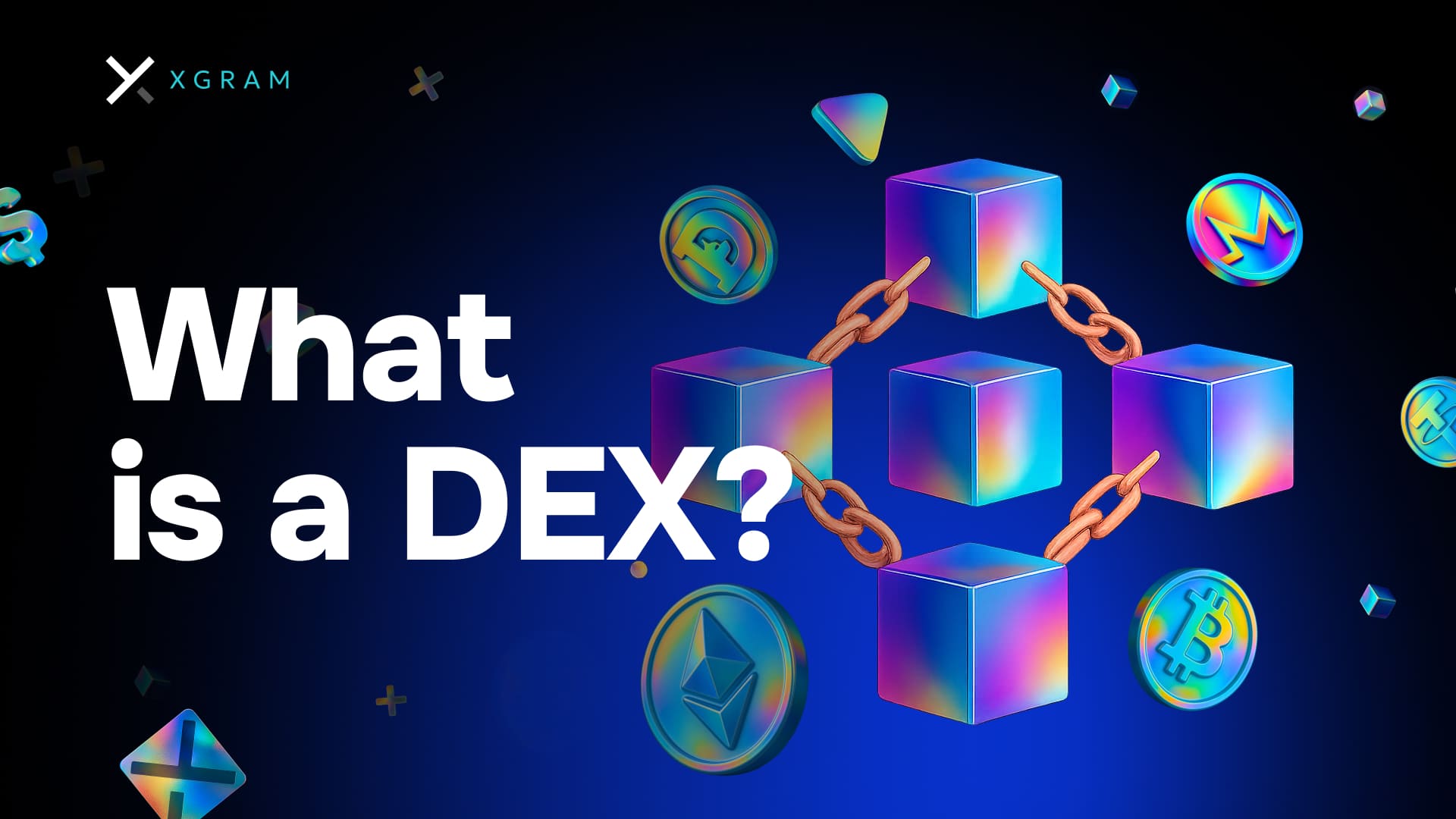Discover Dogecoin mining
Mining, in simple terms, is the process of using your computer’s processing power (CPU, GPU, or specialized chips) to validate transactions on the Dogecoin network. By contributing processing resources, you help secure the network and, in return, earn new Dogecoins as a reward.
The surprising rise of Dogecoin
Dogecoin started as a lighthearted meme token in 2013, inspired by the Shiba Inu “Doge” meme. Despite its playful nature, its community has grown quickly. In May 2021, Dogecoin famously reached around $0.73 per coin, sparking massive interest among both first-time miners and crypto veterans. While its price has varied since then, it remains a popular coin for experimentation because of its friendly reputation.
Why people choose Dogecoin for mining
- Low barrier to entry. The Dogecoin algorithm (Scrypt) is easier on hardware than some other coins. That means you won’t always need super high-end equipment.
- Fun community culture. Many Dogecoin enthusiasts are happy to help newcomers. If you ask for tips in forums, you’ll typically find friendly guidance.
- Potential future updates. Even though Dogecoin started as a meme, it evolves regularly. Developers continue to refine how the network operates, which can keep mining relevant.
Some folks mine Dogecoin purely for fun and personal learning rather than to pursue large-scale profits. Regardless of your motivation, getting started is fairly straightforward if you follow a few smart steps.
Pick your mining approach
Your first major choice is whether to mine Dogecoin alone, with others, or by renting remote hardware. Each of these approaches comes with trade-offs in cost, effort, and potential earnings.
Solo mining
If you go solo, you work independently. You won’t split rewards with anyone else, so any block reward goes entirely to you. However, mining difficulty means you might go a long time without finding a block. This route can be exciting if you enjoy tackling challenges on your own, but it can also be unpredictable and less consistent.
Pool mining
By joining a mining pool, you combine your computing power with other miners. You receive smaller, but more frequent, payouts since pool members share the block rewards. This is typically the easiest and most beginner-friendly way to get started. Look for a pool with a transparent fee structure (usually 1–3%) and a decent reputation. Pools often provide helpful dashboards and community forums where you can troubleshoot any issues.
Cloud mining
Some companies let you rent server capacity in data centers. This “cloud mining” means you don’t manage the hardware. Instead, you pay a fee or subscription, and a portion of Dogecoin mining rewards go to you. While this sounds convenient, be cautious. Cloud mining contracts sometimes come with hidden costs. And if the price of Dogecoin dips, you may still be locked into a monthly payment that cancels out any profit. Always investigate cloud mining providers carefully to avoid scams.
Set up hardware and software
A successful Dogecoin mining setup involves hardware (CPUs, GPUs, or ASICs) plus mining software (programs that direct your hardware to mine). If you’re just testing the waters, you can begin with a desktop computer and see how it performs.
Compare hardware options
| Hardware Type | Example Cost Range | Pros | Cons |
|---|---|---|---|
| CPU | $0–$300 (already owned) | Easiest to begin, no extra cost | Very limited power, slower mining |
| GPU | $200–$1,200+ | Faster than CPU, flexible for other tasks | Higher electricity draw, some GPUs can be costly |
| ASIC | $1,000–$3,000+ | Highest mining efficiency | Expensive initial investment, less flexible than a GPU |
- CPU (Central Processing Unit). This is the standard processor in your computer. CPU mining can be enough for early experimentation, but it usually delivers a low hash rate, meaning it solves the cryptographic puzzles slowly.
- GPU (Graphics Processing Unit). A GPU is generally more powerful and can handle the Scrypt algorithm more efficiently. Although it’s an added expense, many people see better results when they shift from CPU to GPU mining.
- ASIC (Application-Specific Integrated Circuit). ASICs are specialized chips designed just for crypto mining. They bring the highest speed and efficiency but also come with a premium price tag and limited resale options if you drop out of mining later.
Choose mining software
Once you have your hardware, pick a mining program that supports Dogecoin. Popular choices include:
- CGMiner: One of the oldest programs, works well with GPU and ASIC hardware.
- MultiDoge: A simpler option, user-friendly, but fewer advanced features.
- EasyMiner: Great for beginners who want a graphical interface and straightforward settings.
Installing mining software typically takes just a few minutes. You’ll usually download it from the developer’s website, unzip the files, and configure a few parameters (like your Dogecoin wallet address and your mining pool’s server details).
Sample process broken down
- Download your chosen software from the official site.
- Extract the files into a dedicated folder on your computer.
- Edit the configuration file or run a setup wizard to enter your preferences, including your pool URL if you’re pool mining.
- Launch the program. Watch the command line or dashboard to verify it’s active and hashing.
Feel free to experiment with different programs. Many miners switch software if they notice a big performance boost or prefer a friendlier interface.
Manage your wallets effectively
Once you start earning Dogecoin from successful mining, you’ll need a secure place to store those coins. That’s where a wallet comes in. A Dogecoin wallet can be either a software application (hot wallet), a physical device (cold wallet), or an online service.
Types of Dogecoin wallets
- Software (hot) wallets. These are free apps you keep on your computer or phone. They’re handy for quick transactions, but they can be vulnerable if your device is hacked.
- Hardware (cold) wallets. Physical devices (like Ledger or Trezor) that store your Dogecoin offline. They’re considered safer because they are less exposed to online threats.
- Paper wallets. You generate a couple of QR codes and print them on paper. This method is old-school, but it removes the digital attack vectors. You must, however, keep that paper safe from physical damage.
For many beginners, a hot wallet is enough to start. Later, once you collect more coins, you might invest in a hardware wallet to bolster your security.
Exchanging your $DOGE
If you decide to swap some of your mined Dogecoin for other tokens or even fiat currency, you can use an exchange. Platforms like Xgram offer anonymous swaps without registration, making it easy to exchange your mining rewards for other digital assets.
Optimize your mining results
Mining can be an ongoing adventure in fine-tuning settings, chasing efficiency, and balancing costs. If you take the time to optimize, you can reduce expenses and possibly boost your daily Dogecoin earnings.
Overclocking and undervolting
If you have a GPU, you might tweak its settings to perform more calculations in the same amount of time. This is called overclocking. Keep an eye on your temperatures, though—too much overclocking can cause crashes or damage your hardware. In some cases, you can try undervolting, which lowers the voltage supplied to the GPU while maintaining similar performance. This reduces your electricity use and keeps your device cooler.
Track profitability
Profitability largely depends on the price of Dogecoin, your hardware efficiency, and your electricity costs. Use an online calculator or app to monitor your expected profits. You input your hash rate, energy consumption, electricity rate, and the current DOGE price. The calculator estimates how many Dogecoins you might earn daily or monthly, then calculates your rough net profit after electricity bills.
Learn from data
You don’t need to gather reams of stats, but checking your performance at least once a week can highlight areas for improvement. Look at metrics like:
- Hash rate fluctuations. Is your machine running slower than expected? That might signal issues with your GPU drivers.
- Electricity usage. Utility rates can spike at certain times of day, so you might schedule your mining to off-peak hours.
- Pool fee changes. If your mining pool suddenly increases fees or experiences downtime, it might be time to switch.
Mining is rarely a set-it-and-forget-it activity. A bit of ongoing optimization can turn a marginal operation into a more profitable or at least a break-even hobby.
Protect yourself from threats
While Dogecoin’s community prides itself on being open and welcoming, the broader crypto space involves risks. Scammers and hacking attempts target unwary users.
Avoid suspicious offers
Beware “too good to be true” claims, like random people offering free mining hardware or guaranteed profits. Some scammers will request upfront payment, promising equipment that never arrives. Others might direct you to malicious mining software. Always download software from official websites or reputable communities.
Use strong security habits
- Enable two-factor authentication (2FA). Whenever possible, add 2FA to your Dogecoin wallet, email, and exchange accounts.
- Use antivirus software. Malicious scripts can exploit your computer’s GPU or CPU without your knowledge.
- Keep backups. Safeguard your wallet’s seed phrase (a key that can restore your funds) in more than one secure location.
Balance excitement with caution
Crypto markets can be volatile. How to mine Dogecoin effectively also means learning when to scale up or throttle back. If your electricity costs suddenly outweigh your earnings, it may be wise to pause or invest in more efficient hardware. Mining can be a hobby that pays for itself, but diving in blindly can lead to frustration.
FAQ
How quickly will I see Dogecoin rewards?
If you’re part of a mining pool, you’ll likely see regular payouts, possibly every few days. Solo miners might wait weeks or even longer for a payout because finding a block on your own is like winning a lottery.Is Dogecoin mining profitable in the long run?
It depends on factors like the coin’s price, electricity rates, and hardware. Many miners treat it as a casual hobby with the potential for profit if the Dogecoin price remains stable or increases.Can I mine on my laptop?
Technically yes, but laptops usually have less robust cooling and weaker GPUs, which can cause overheating. If you do try it, monitor temperatures closely to avoid damage.Do I need special expertise in coding?
Not at all. Many mining programs come with easy-to-use interfaces encouraging you to click, configure, and start. If you can run basic software, you can get started with Dogecoin mining.What about taxes on mining?
Depending on where you live, mined coins may count as income. Keep track of how much Dogecoin you earn and check local regulations to ensure you remain compliant.
Your next steps
You’ve got a clear path forward: choose whether you’ll mine solo, in a pool, or through a cloud service, then plan your hardware and software. Experiment with small tweaks, like undervolting your GPU or switching mining programs, to find the right balance between performance and electricity usage. Keep a secure wallet, back up your funds, and remain watchful for suspicious schemes.
If you want to exchange your tokens for other cryptocurrencies, xgram can be a good opportunity to do so with minimal fuss. Still, consider moving your Dogecoin off the exchange into a personal wallet after each transaction, just to keep it in your full control.
All in all, how to mine Dogecoin mostly comes down to being patient and staying curious. There’s plenty of room to grow from a casual experimenter into a more seasoned miner. Keep an eye on your costs, watch your reward rates, and connect with fellow Dogecoin enthusiasts who can help you learn the ropes. With consistent effort and a focus on security, you may find Dogecoin mining to be a fun hobby—and potentially a worthwhile investment in the long term.
Good luck on your Dogecoin mining adventure. You have all the tools you need to get started and tweak as you go. Enjoy the experience, and remember: a friendly community is out there ready to share ideas and celebrate each small success with you.



